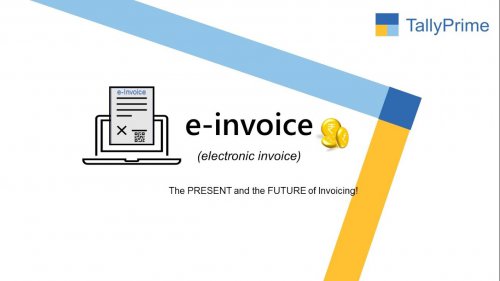
Let's begin by addressing the upcoming e-invoicing rule, effective from August 1st, 2023, which applies to businesses with a turnover exceeding 5 crore in any previous year starting from 2017. If you're unfamiliar with e-invoicing, it involves authenticating B2B invoices, debit notes, credit notes, etc., with an invoice registration number (IRN) and QR code by the invoice registration portal (IRP).
This implies that as a supplier, the moment you create an invoice, it should be uploaded to IRP for authentication. After validation, the IRP issues an IRN and QR code, which you need to print on the invoice before providing it to your buyer.
This represents a significant change compared to the current practice that doesn't require invoice authentication. If you're concerned about this change and grappling with e-invoicing challenges, fear not! We will walk you through different e-invoicing solutions available in the market and which is better for a business like yours. So let’s deep dive and find out which option stands out!
➤e-invoicing solutions:
There are several options available for generating e-invoices. Before discussing them in detail, it's important to understand the e-invoicing process. To generate an e-invoice, you first need to upload the invoice details in the prescribed JSON format to the IRP. Next, download the authenticated output file (JSON) containing the IRN and QR code from the IRP. Finally, print the QR code and IRN on the invoices before issuing them to the buyer. With that in mind, let's examine the available e-invoicing solutions for businesses. To simplify matters, we can group them into two categories: